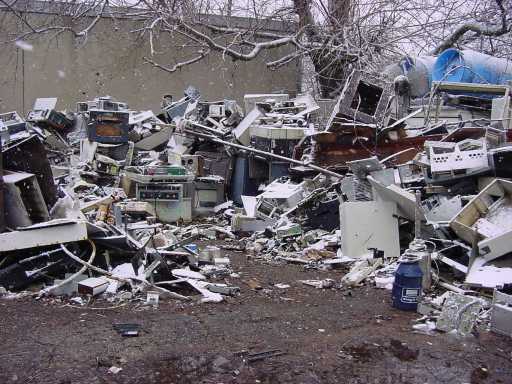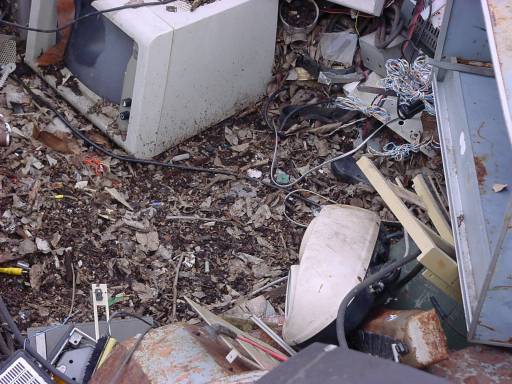Compucorp 354 Surveyor
| Datasheet legend
Ab/c:
Fractions calculation
AC: Alternating current BaseN: Number base calculations Card: Magnetic card storage Cmem: Continuous memory Cond: Conditional execution Const: Scientific constants Cplx: Complex number arithmetic DC: Direct current Eqlib: Equation library Exp: Exponential/log functions Fin: Financial functions Grph: Graphing capability Hyp: Hyperbolic functions Ind: Indirect addressing Intg: Numerical integration Jump: Unconditional jump (GOTO) Lbl: Program labels LCD: Liquid Crystal Display LED: Light-Emitting Diode Li-ion: Li-ion rechargeable battery Lreg: Linear regression (2-var. stats) mA: Milliamperes of current Mtrx: Matrix support NiCd: Nickel-Cadmium recharg. batt. NiMH: Nickel-metal-hydrite rech. batt. Prnt: Printer RTC: Real-time clock Sdev: Standard deviation (1-var. stats) Solv: Equation solver Subr: Subroutine call capability Symb: Symbolic computing Tape: Magnetic tape storage Trig: Trigonometric functions Units: Unit conversions VAC: Volts AC VDC: Volts DC |
| ||||||||||||||||||||||||||||||||||||||||||||||||||||||||
Compucorp 354 Surveyor
 If ever there was a calculator war story that deserved a write-up...
If ever there was a calculator war story that deserved a write-up...
But first things first. The Compucorp 354 Surveyor is one of the more unusual early programmables in existence. No doubt Compucorp realized that surveyors represent one of the most lucrative markets for high-end calculating devices (a realization that was also made by companies like Hewlett-Packard or Texas Instruments a few years later, as evidenced by their numerous surveyor-oriented "pacs".) In the same housing as their more "generic" machines, the 354 offers a number of specialized functions, which are detailed in a 114-page manual.
The machine does have some oddities. For instance, although it offers 13-digit internal precision, the display is fixed to show three decimal digits. The [SET D.P.] function, common to many other Compucorp models, is absent on this machine. The calculator also lacks exponential and logarithmic functions, despite the presence of a raise-to-the-power function, obviously based on an internal implementation of the natural logarithm and exponent.
This makes it somewhat inconvenient to implement my favorite programming example, the Gamma function, as most "easy" implementations utilize the natural logarithm. But inconvenient is not the same as impossible: indeed, the program to compute the corrected Stirling approximation is fairly straightforward:
01 ax 02 STn 03 0 04 × 05 ( 06 6 07 . 08 2 09 8 10 3 11 1 12 8 13 5 14 3 15 0 16 7 17 1 18 8 19 ÷ 20 RCLn 21 0 22 ) 23 √ 24 × 25 ( 26 2 27 . 28 7 29 1 30 8 31 2 32 8 33 1 34 8 35 2 36 8 37 4 38 6 39 ax 40 ( 41 1 42 2 43 6 44 0 45 1/x 46 ÷ 47 RCLn 48 0 49 ÷ 50 RCLn 51 0 52 - 53 3 54 6 55 0 56 1/x 57 ÷ 58 RCLn 59 0 60 ÷ 61 RCLn 62 0 63 + 64 1 65 2 66 1/x 67 ÷ 68 RCLn 69 0 70 - 71 RCLn 72 0 73 ) 74 ) 75 = 76 START/STOP
The calculator's odd function set also makes it somewhat difficult to compute Mike Sebastian's forensic result. Using the key sequence [9] [COS/SIN] [2ND] [COS/SIN] [COS/SIN] [2ND] [÷] [2ND] [=][2ND] [1] [NE→Dl] [2ND] [=] [COS–1/SIN–1] [COS–1/SIN–1] [2ND] I got 8.999998029411 which is distinctly different from the forensic result of other 300-series Compucorps, but it is probably not due to any internal differences, simply due to the differences in the keystroke sequence.
Now about that war story.
This particular Compucorp was, in fact, found by Mike Sebastian. He frequently visits a surplus electronics outfit, where he has found valuable pieces of vintage equipment in the past. The 354 was found, in Mike's words, "entombed under at least six feet of assorted electronic junk".

The scrap pile, after several trailer loads of stuff was already removed
It showed. The case was cracked and scratched up, the display, sadly, was broken, and the machine was very dirty. Many buttons were missing.
Not a problem, said I, since I already had a non-functional Compucorp 322, and I figured that I might be able to use it as a parts donor. In particular, it had an intact display that was heavily used (as evidenced by the "thickened" appearance of the most frequently used digits) but fully functional. So Mike sent this machine to me and I got busy: I first took it apart and cleaned it thoroughly, and then transplanted the display. I powered up the machine, but unsurprisingly it showed no signs of life; at least it wasn't smoking either, which I considered encouraging.

The hole where the Surveyor (and later, its buttons) was located
When a device shows no signs of life, you first check its power supply. Sure enough, the internal switching supply that was supposed to generate voltages in the 200VDC range (the required anode voltage for the Panaplex display) appeared quite dead. No problemo: I transplanted the known-good power supply board from the donor machine, and presto: the 354 came to life!
Well, sort of. It showed signs that it was alive, but it was displaying garbage. A frequent cause for this is a faulty memory board. Though the 322's memory board was known to be bad, I swapped the two nevertheless; I still got garbage, but decidedly different patterns, kind of suggesting that I was on the right track here.
These memory boards fail because they use very sensitive, first-generation MOS memory chips. I located a seller on the Internet who had some surplus 2102 memory chips, and when the chips arrived, did the difficult surgery of removing the four 2102s from the memory board and soldering in a new set. Victory! The machine came to life and this time around, it was operating properly.
Almost properly, that is. Several keys were unresponsive. I suspected dirt, but I also decided to check the circuit board traces. Sure enough, I found a broken trace leading precisely to the set of keys that were not working. This was easy to repair, and upon reassembly, the machine was now fully functional.
Speaking of keys, I mentioned some missing keys. Well, one of the missing keys was the STn key, and it so happens that my poor little "donor" 322 already donated its STn key to another beautiful Compucorp, the 327 Scientist desktop model. Loathe to break a fully functional machine, I chose to forego stealing back the STn key, and used instead the EXCHn key from the 322, at least temporarily. Of course I also let Mike know about this, and Mike went back to the "scrap pile" to look for keys. Amazingly, after finding the (also missing) multiplication key, on his second visit Mike located the missing STnkey!
So I am now the proud owner of a somewhat battered, but fully functional Compucorp 354. Another truly beautiful machine saved from an undignified demise in an electronics graveyard, thanks to Mike's spelunking and my luck with the repair effort.


